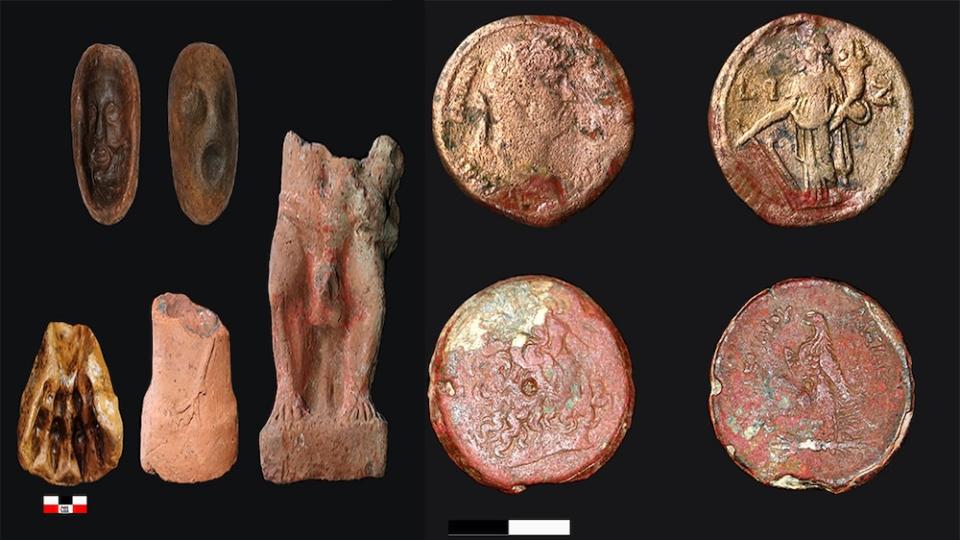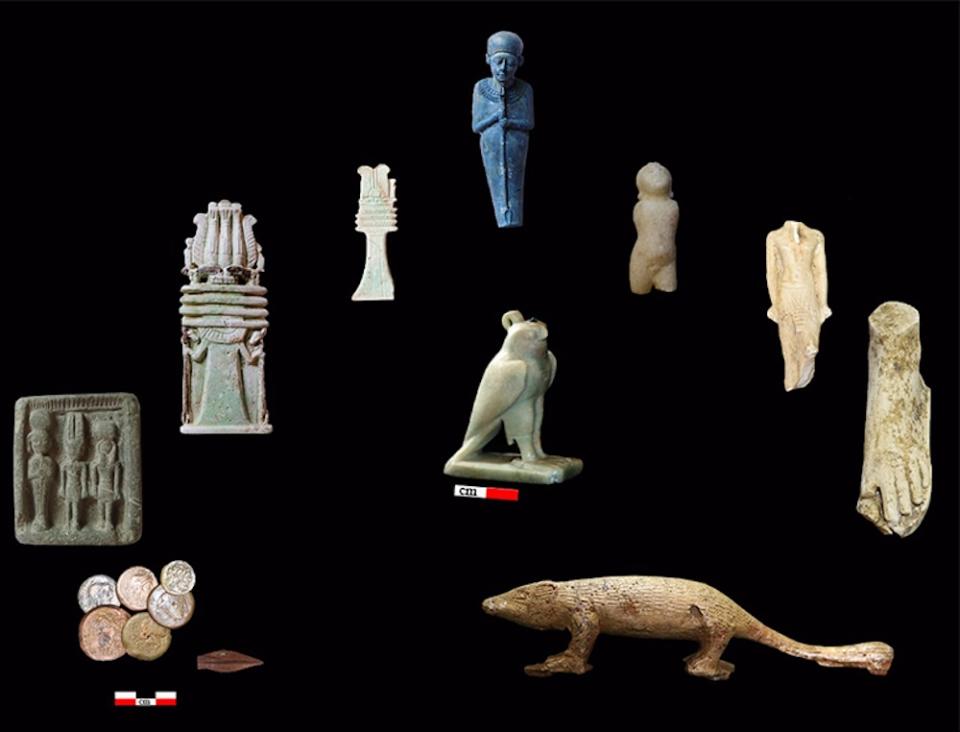Egyptologists have unearthed a 100,000-square-foot astronomical observatory at modern-day Tell el-Faraeen, which dates back to the sixth century BCE – the first and largest of its kind from that time. In a Announcement August 23 from the Egyptian Ministry of Tourism and Antiquities (translated from Arabic to English using Google Translate). The mud-brick structure contained numerous tools which, although relatively simple in design, made it possible to accurately study and measure the dates of the solar calendar relating to Egyptian religious rituals, royal coronations, and agricultural plans.
The facility is located in a vast archaeological site now known as the Temple of Buto (the Greek name for the Egyptian god, Wadjet), and is located about 50 miles east of Alexandria. Built in the southeastern part of the temple, the astronomical complex had an east-facing entrance for sunrises, an L-shaped open central hall supported by columns, and a high, inward-sloping mud-brick wall “resembling the style of Egyptian building familiar at temple entrances,” the government statement said.


One of the observatory’s most striking installations is an inclined shadow clock, a sundial variant widely used in ancient societies. The nearly 16-foot-long limestone slab is covered with five flat blocks, two horizontal and three vertical, that experts believe originally contained angular engraved lines. Altogether, the inclined shadow clock was used to measure the tilts of the sun and shadows throughout a day.
Another piece of equipment consisted of three carefully arranged stone blocks embedded in a circular corridor—a central slab with circular stones placed on the north and west sides. According to researchers, this was used by Egyptian astronomers and priests to take measurements of the tilt of the sun. Other rooms are believed to have stored additional tools, while another room appears to have been a small observation tower. Throughout the building, artwork was displayed depicting various deities, as well as astronomical scenes depicting sunsets and sunrises in the three seasons of the society’s year.


In addition to the stone equipment, the observatory of the Temple of Buto also contained several statues of Egyptian gods, including both gray granite and bronze idols of Osiris, a bronze image of Nemes, a terracotta bust of Bes, and many more.
(Related: Egypt’s oldest pyramid may have been built using a hydraulic lift.)
Not only the facility itself is of interest to researchers, but also the time when the Buto Temple observatory was built. Space.com On August 29, it was noted that the building was constructed and operated during an extremely unstable period in ancient egyptian historywhen several foreign powers seized control of the country during the transition to the late historical phase of pharaonic power.







